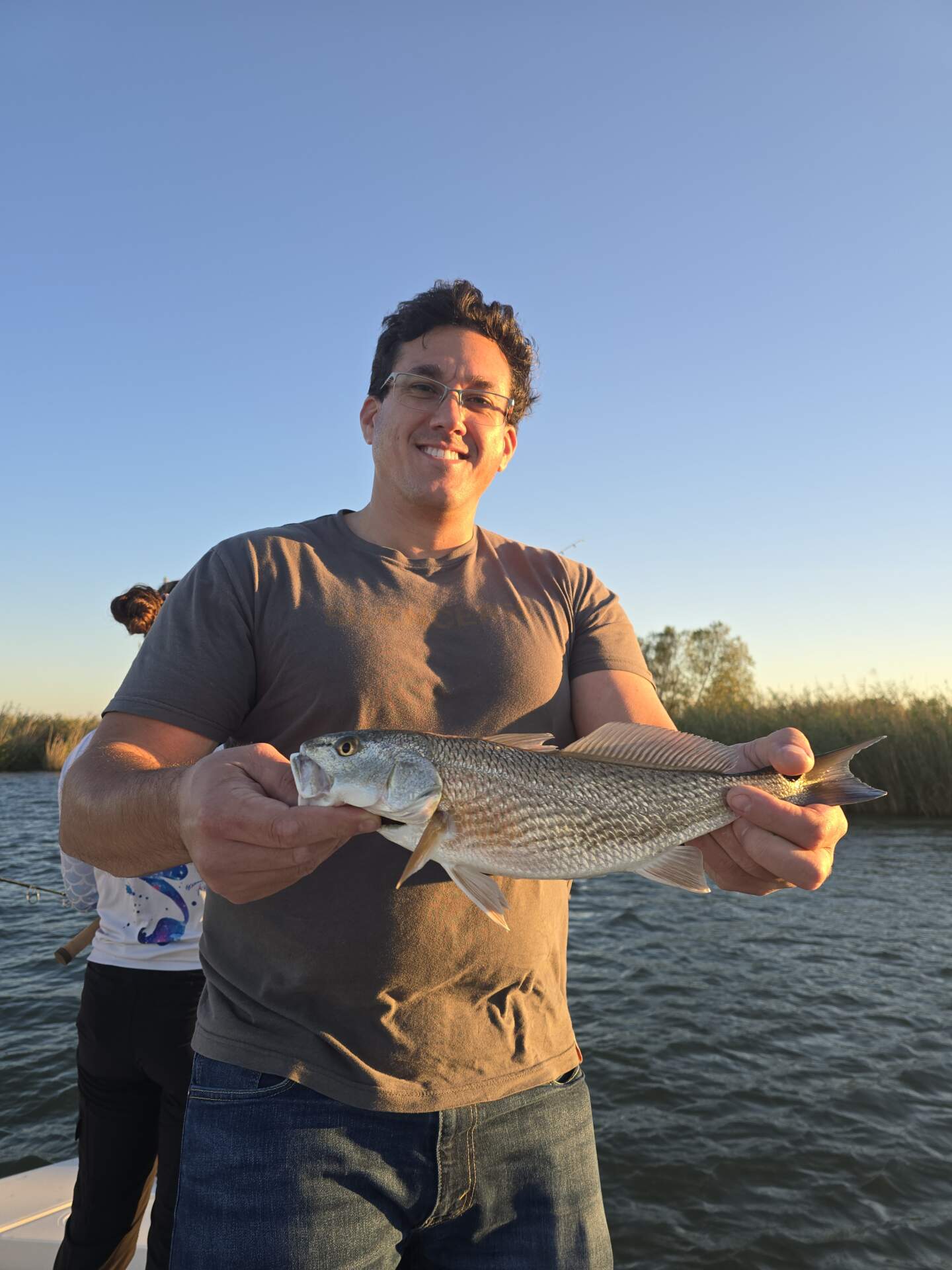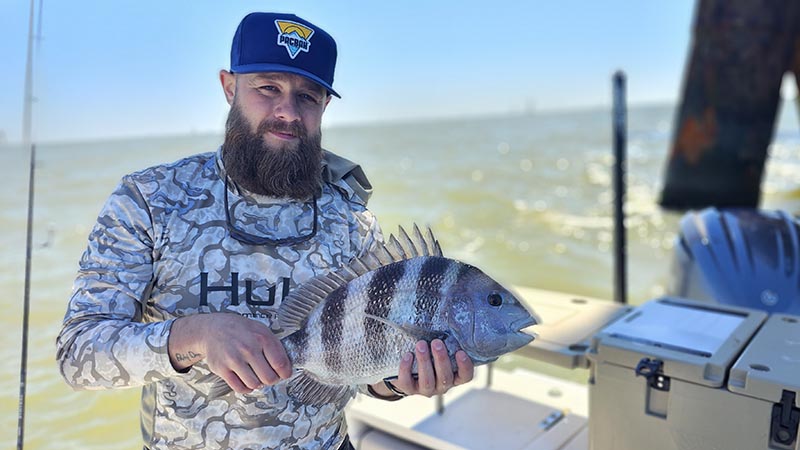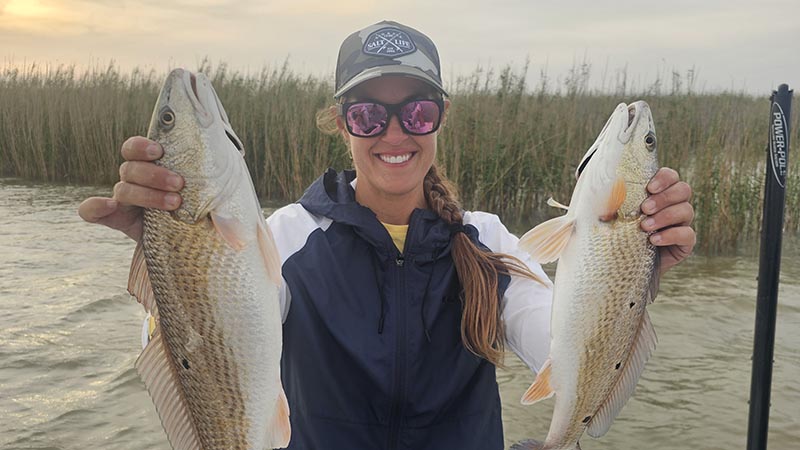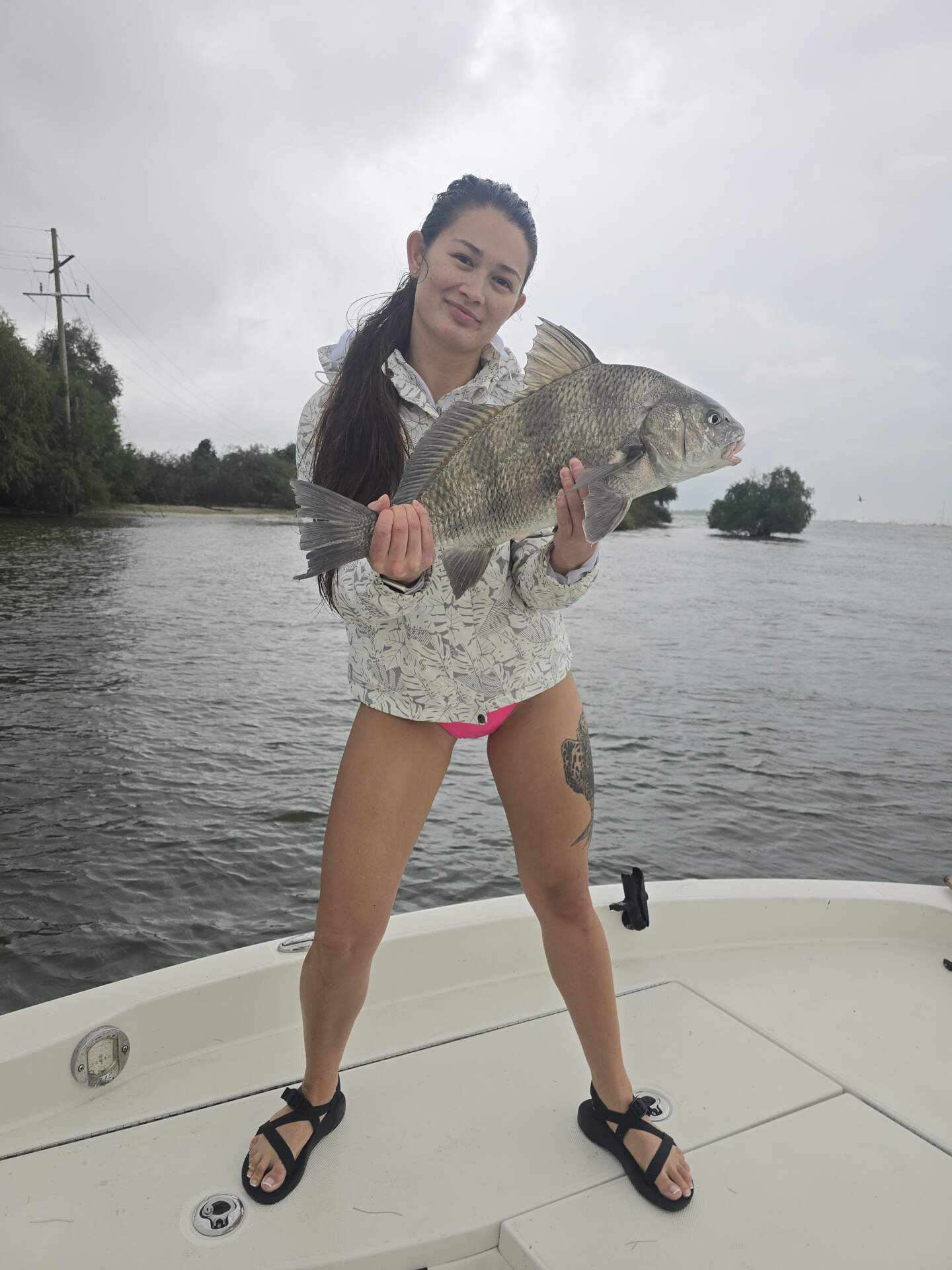Spring marks a turning point in Louisiana’s coastal marshes. As water temperatures begin to rise and baitfish return to the shallows, the marsh becomes one of the most active and accessible environments for fishermen targeting a range of inshore species. From redfish and speckled trout to flounder, black drum, and sheepshead, the spring season offers some of the most consistent inshore fishing opportunities of the year. This guide outlines the seasonal behavior of key species, how to read marsh conditions, where to fish, and what gear and techniques help turn spring into a productive season on the water with FishnLA.
Understanding the Louisiana Marsh Environment
The Louisiana marsh is a complex network of bayous, cuts, ponds, shorelines, and broken marshland that stretches across thousands of square miles of inshore territory. These brackish waters serve as a nursery for countless fish species and act as feeding grounds for larger predators moving in from deeper bays and coastal waters.
Marsh terrain varies by region, but across most of southern Louisiana, it’s characterized by soft mud bottoms, scattered shell, grass lines, and shallow ponds connected by narrow cuts or drains. These areas offer cover, forage, and current—all three of which are essential for productive fishing. Most marsh systems are directly influenced by tidal flow and wind-driven water movement, which play a major role in fish behavior throughout the season.

Seasonal Patterns in the Marsh
Spring brings a sharp change in fish activity. After winter’s colder, more stagnant conditions, the marsh begins to “turn on” as water temperatures rise into the low to mid 60s and continue to climb. Baitfish such as mullet, shrimp, and juvenile menhaden return in larger numbers, triggering aggressive feeding from redfish, speckled trout, and other inshore predators.
By late March, most marsh systems across Louisiana begin showing clear signs of movement—bait is more active, birds begin working again, and fish push into areas that were less productive just weeks earlier. This season is known for balanced conditions: water levels stabilize, clarity improves in protected zones, and mild temperatures allow for longer periods of active feeding throughout the day.
Primary Species Active in the Marsh This Spring
Spring transforms the Louisiana marsh into a dynamic environment where several key species take on more active roles. Each one adds something distinct to the fishing experience—through appearance, behavior, or the type of challenge they bring.
Redfish
Redfish are unmistakable. Broad-shouldered and copper-colored, they often show a single black spot near the tail, though some have several or none at all. Their powerful build and thick tails are matched by their ability to root through mud, grass, and shell in search of food. In spring, they move with purpose and feed more confidently, making them a reliable and often visible part of the marsh landscape.
Speckled Trout
Speckled trout have a slimmer, more tapered body than redfish, with silver flanks dotted by black spots from head to tail. Their oversized mouths and delicate jaw structure give them a different presence in the marsh—they’re more subtle, more elusive, and more temperature-sensitive. As spring progresses, their numbers increase steadily in marsh systems, especially in areas with improved salinity and consistent bait activity.
Black Drum
Heavy-bodied and often darker in color, black drum have a distinct humped back and vertical stripes that are especially pronounced in smaller fish. They’re known for their slow, deliberate movements and deep resonating grunts, which give them a quiet but noticeable presence in the marsh. In spring, they’re most often seen traveling in small groups, moving through soft-bottom zones and feeding low in the water column.
Flounder
Flounder are flat, laterally compressed fish with both eyes on the same side of their head, often blending almost perfectly with the bottom. Their mottled brown appearance and sudden, undetectable movements make them one of the more surprising catches in the marsh. Though not always abundant, they become more frequent as water temperatures rise and bait begins stacking along drains and transitions.
Sheepshead
Sheepshead are stocky, broad fish with a distinctive set of black vertical bars over a silver body. Up close, their human-like teeth and blunt snout stand out as much as their strong, deliberate movements around structure. While often overlooked, their numbers increase in spring, and they contribute to the overall diversity that makes marsh fishing in this season so varied.

Recommended Gear and Tackle for Spring Marsh Fishing
Marsh fishing requires gear that is accurate, durable, and sensitive enough to detect subtle strikes in tight quarters.
Rods and Reels
-
Rods: Medium-light to medium action spinning rods, 6’6” to 7’6” in length, are ideal for casting precision and working light lures.
-
Reels: Spinning reels in the 2500–4000 size range balance line capacity and control, especially when fighting fish in open marsh or near grass.
Line and Leaders
-
Main Line: 10–20 lb braided line gives sensitivity and casting distance, which is especially helpful when throwing light lures in shallow water.
-
Leader: 15–30 lb fluorocarbon leaders provide abrasion resistance and are nearly invisible in clean water. Leader length can be adjusted based on clarity and structure.
Productive Baits and Lures for Multi-Species Success
Fishing in the marsh during spring doesn’t require complicated setups, but matching the bait to the species and conditions improves results.
Live and Natural Bait
-
Live Shrimp: Effective for almost all inshore species, especially under a popping cork in 2–4 feet of water.
-
Cut Mullet or Crab: Often used to target redfish and black drum near bottom structure or shallow flats.
-
Live Minnows: Fished near drains or under corks, these attract trout and flounder where bait is concentrated.
Artificial Lures
-
Paddle Tail Soft Plastics: Versatile and effective, especially when rigged weedless or on light jigheads. Natural colors work well in clearer water; darker patterns stand out in stained conditions.
-
Topwater Plugs: Early mornings or overcast days present good chances for explosive surface strikes from redfish and trout in open ponds.
-
Jigs and Spoons: Gold spoons and soft plastic jigs fished slowly along the bottom can trigger bites when fish are more lethargic or working deeper grass edges.
Techniques That Work Across Species
Sight Fishing in Clear Water
In calm conditions with improved visibility, redfish and drum can often be seen tailing or pushing water in shallow ponds. Quiet positioning, accurate casts, and minimal movement are key to closing the distance.
Working the Edges
Most springtime activity takes place within a few feet of the bank. Casting parallel to grass lines, oyster points, or submerged structure keeps your bait in productive water longer.
Popping Cork Presentations
When fishing in stained or moving water, popping corks help suspend bait and signal strikes. This setup allows live or artificial bait to remain visible and active in the strike zone.
Slow Rolling or Dragging the Bottom
In cooler or wind-disturbed water, slowing down the retrieve and keeping lures near the bottom often draws reaction strikes from fish holding deeper.

Handling, Conservation, and Limits
Many marsh species are subject to size and bag limits, and proper handling is essential both for release and harvest.
-
Always wet hands before handling fish to avoid damaging their protective slime layer.
-
Use rubberized landing nets and support fish horizontally to reduce injury.
-
Keep fish destined for the cooler on ice immediately to preserve quality.
-
Confirm current Louisiana regulations on species like redfish, trout, black drum, and flounder before your trip.
Making Spring Count in the Louisiana Marsh
Spring marsh fishing in Louisiana provides consistent, multi-species action in one of the richest inshore environments on the Gulf Coast. From the first warming trend in March through the stable tides of late spring, this season is defined by accessible fishing, visible bait movement, and high catch potential for fishermen who understand the marsh’s natural rhythm.
At FishnLA, we specialize in putting fishermen in the right water at the right time. Our guides know how to read spring conditions and adjust to changes in tide, clarity, and fish behavior. Whether you’re targeting redfish on the flats or drifting deeper cuts for trout, our team is ready to help you make the most of your time on the marsh. Contact us today to plan your spring trip and fish the season while it’s at its best.

